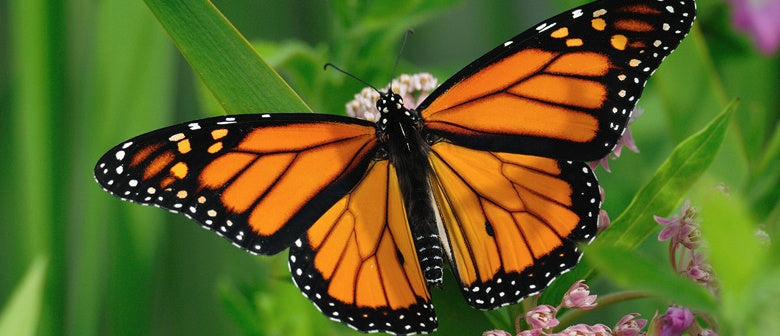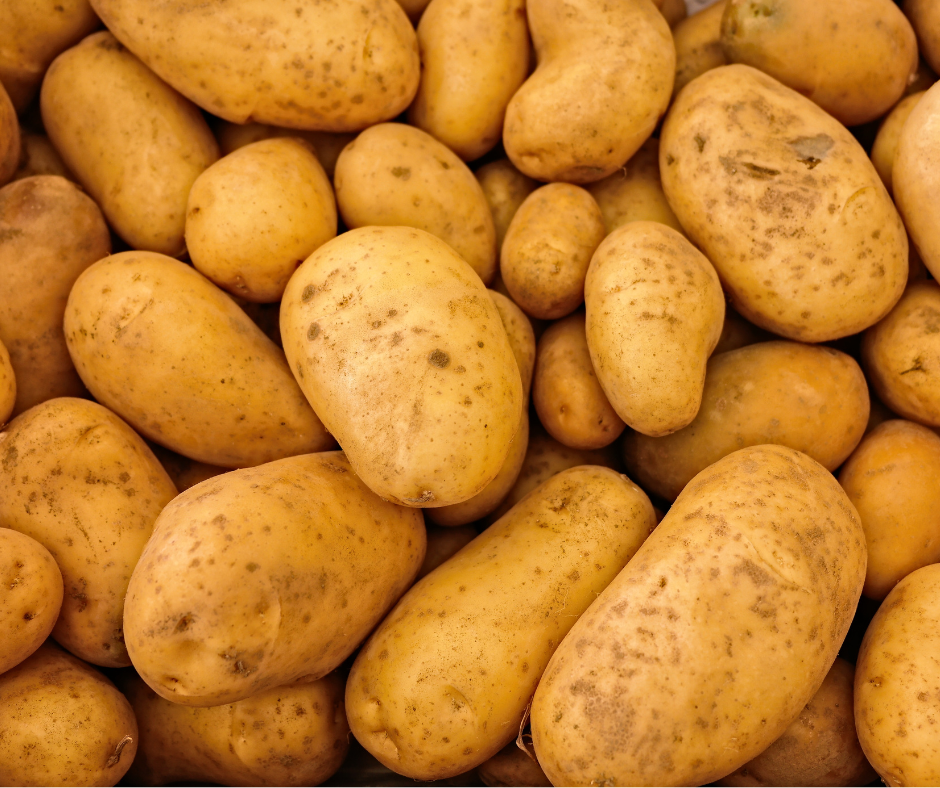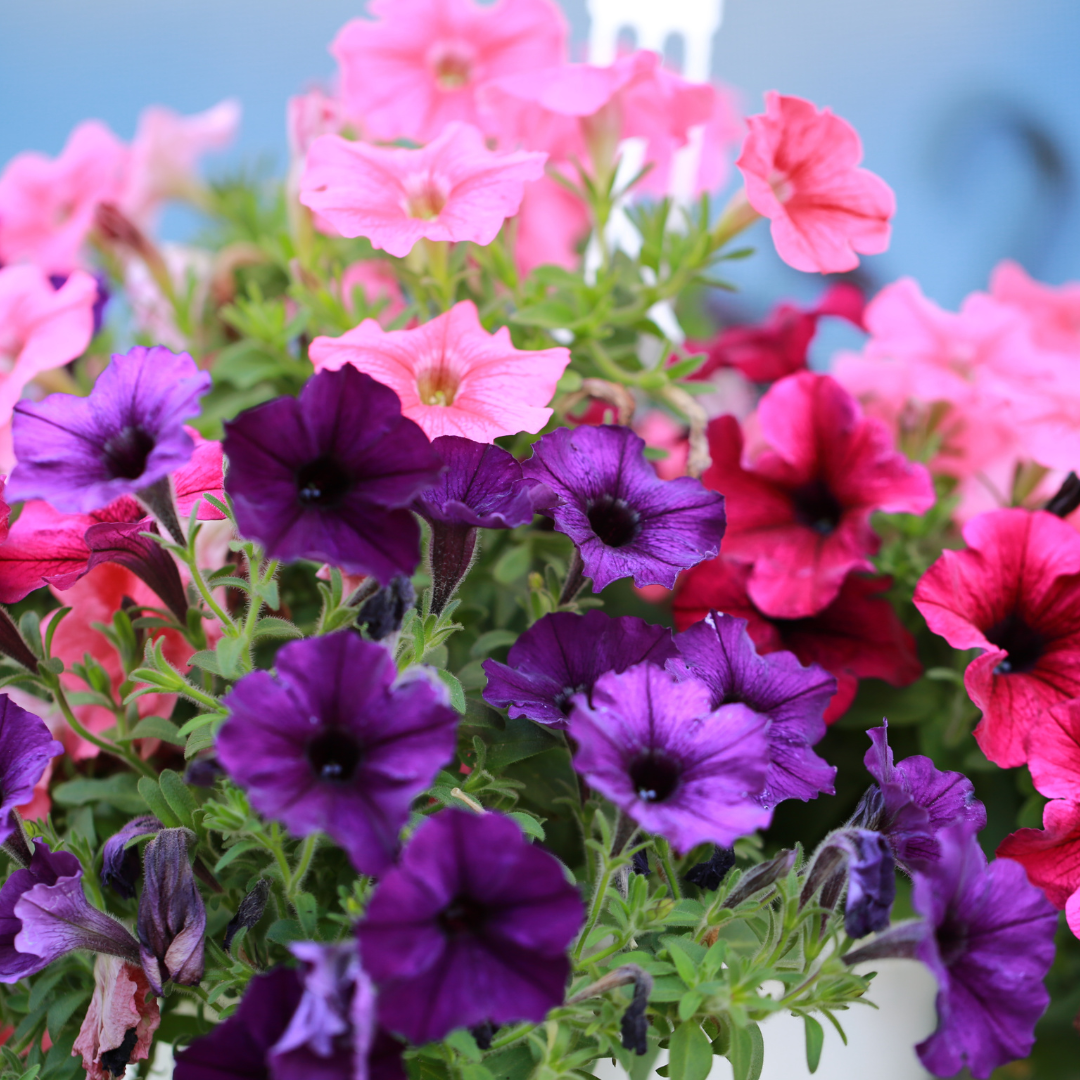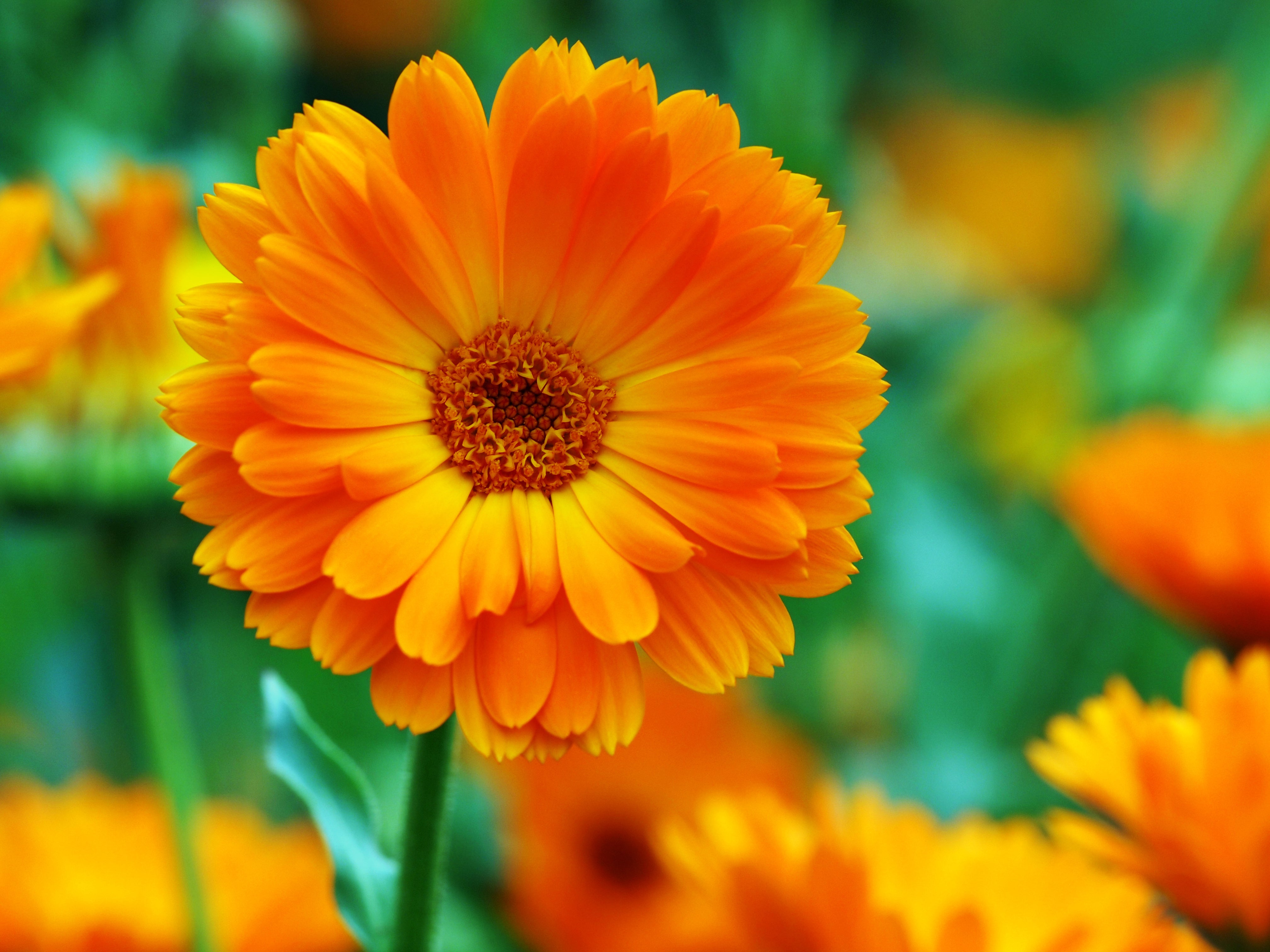It is relatively easy to raise Monarch butterflies at home as long as their area is kept warm, clean and they have enough of their preferred food, the swan plant. Find out how to grow swan plants here. The butterfly life cycle has four stages; egg, caterpillar or larva, pupa and adult.
The Monarch Butterfly in New Zealand
Monarch butterflies are New Zealand’s largest butterfly and have been here since the late 1800s. Their Maori name is kakahu.
Protecting your Monarchs
It is recommended that you raise Monarchs inside or in a sheltered position outside as this provides them with protection from the wind as well as making it easier to observe their development. At certain stages in their development (when very small, shedding their skin as caterpillars and when they have just emerged as butterflies) they are very fragile and vulnerable and it is important that they are not handled at these times as they may die as a result.
Food and eggs
The main food for Monarchs is the swan plant or milkweed (Asclepias fruiticosa). You can raise the swan plant from seed or buy the plant from a garden centre. The best time to do this is in spring so the plant has a chance to grow to a reasonable size. The plant may already have eggs on it, but if not, place the plant outside in a sunny spot so that a female Monarch can find the plant and lay her eggs on the underside of a leaf. Remove any unwanted eggs at this stage. It is best to have only 2-3 caterpillars on each plant because the caterpillars are very hungry and will eat the whole plant if there are too many of them.
The caterpillar stage – an eating machine
It will take 5 – 14 days for the eggs to hatch. The caterpillar’s mission in life is to eat and grow and it will grow too big for its skin up to six times. It will take about three weeks for the caterpillars to reach full size. It is best not to handle the caterpillars while they are very small because they are fragile and may be injured. All you will need to do at this stage is to make sure there is plenty of food and that the plant is well watered and cleaned because all the eating that the caterpillars will be doing creates a lot of caterpillar poo! You may wish to put paper towels or a tray down to keep the area tidy and clean. Fully-grown caterpillars tend to wander about before they hang and change into a pupa. It is a good idea to contain them in a cage or container at this stage to make sure you don’t lose the caterpillars. You can easily make a cheap cage from a box or bucket covered with fine netting.
Changing into a pupa
The fully-grown caterpillars will usually hang from the roof of the cage and pupate. They can be left in this position to emerge. Keep the pupa out of direct sunlight. It will take about 14-21 days for the pupa to hatch.
The butterfly emerges
This is perhaps the most exciting part of raising butterflies, but happens very quickly and can easily be missed. Butterflies usually emerge mid-morning if the surroundings are light and warm. When the butterfly emerges, it will usually hang from its empty pupal case to let its wings dry and harden. It is very important not to disturb the butterfly at this stage because handling may permanently damage its wings.
Ready to fly
After about two hours the butterfly will be ready to make its first flight. Place the butterfly on your finger and release it outside. It is best to wait for good weather to give your butterfly the best chance of survival.
This ‘How To’ Guide has been produced to provide basic information and our experienced staff are available to answer any questions that you may have. Because this guide is of a general nature, neither Palmers nor its staff are responsible for the application of the information, as the contents may need to be modified for individual projects and site applications.











